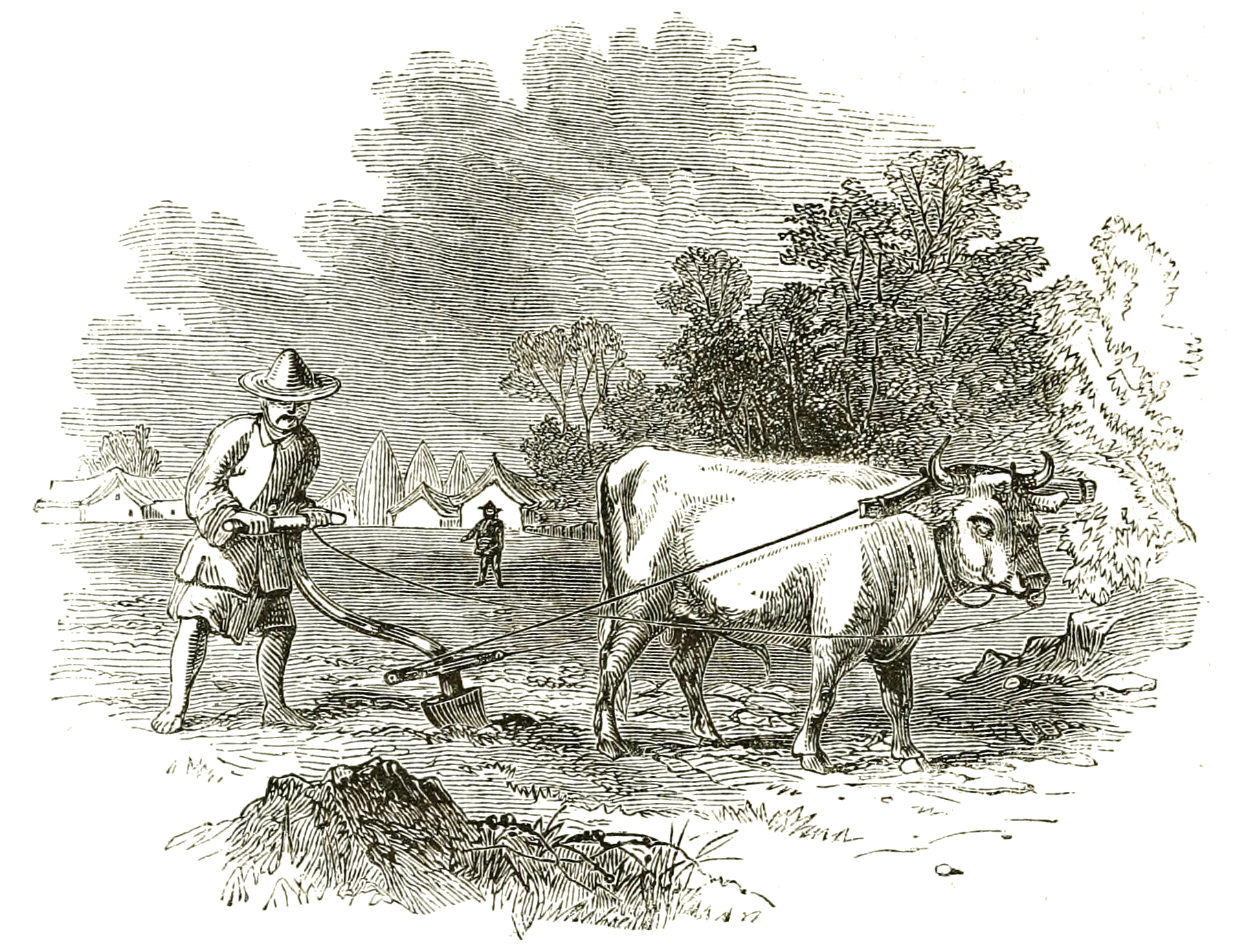|
Gavalohori
Gavalochori, also spelled ''Gavalohori'' (Greek: Γαβαλοχώρι), is a 1000-year-old village located in the northwestern part of the Crete, island of Crete, Greece. The village lies in a valley about three kilometers/1.86 miles directly inland from the coast, or four kilometers/2.5 mile by road. Gavalochori is located in the municipality of Apokoronas and has a population of 612 (2021). Gavalochori is a historic working village and is home to twelve churches, two squares, two tavernas, a kafeneio (coffee shop/pub), a bakery, two markets, an artisan shop, a hair salon, a stone-cutting business, a taxi service, and a civil engineering office. The village is surrounded by olive groves that serve as the agricultural base for the area. History Gavalochori has a long and complex history. Evidence of early habitation includes double-bladed axes, vessels, lamps, utensils, and roof tiles from the Minoan age (3000–1450 BC) and coins, house foundations, tiles, and water cisterns fr ... [...More Info...] [...Related Items...] OR: [Wikipedia] [Google] [Baidu] |
Crete
Crete ( ; , Modern Greek, Modern: , Ancient Greek, Ancient: ) is the largest and most populous of the Greek islands, the List of islands by area, 88th largest island in the world and the List of islands in the Mediterranean#By area, fifth largest island in the Mediterranean Sea, after Sicily, Sardinia, Cyprus, and Corsica. Crete is located about south of the Peloponnese, and about southwest of Anatolia. Crete has an area of and a coastline of 1,046 km (650 mi). It bounds the southern border of the Aegean Sea, with the Sea of Crete (or North Cretan Sea) to the north and the Libyan Sea (or South Cretan Sea) to the south. Crete covers 260 km from west to east but is narrow from north to south, spanning three longitudes but only half a latitude. Crete and a number of islands and islets that surround it constitute the Region of Crete (), which is the southernmost of the 13 Modern regions of Greece, top-level administrative units of Greece, and the fifth most popu ... [...More Info...] [...Related Items...] OR: [Wikipedia] [Google] [Baidu] |
Pre-Industrial Olive Mill, Gavalochori
Pre-industrial society refers to social attributes and forms of political and cultural organization that were prevalent before the advent of the Industrial Revolution, which occurred from 1750 to 1850. ''Pre-industrial'' refers to a time before there were machines and tools to help perform tasks ''en masse''. Pre-industrial civilization dates back to centuries ago, but the main era known as the pre-industrial society occurred right before the industrial society. Pre-Industrial societies vary from region to region depending on the culture of a given area or history of social and political life. Europe was known for its feudal system and the Italian Renaissance. The term "pre-industrial" is also used as a benchmark for environmental conditions before the development of industrial society: for example, the Paris Agreement, adopted in Paris on 12 December, 2015 and in force from 4 November, 2016, "aims to limit global warming to well below 2, preferably to 1.5 degrees celsius, comp ... [...More Info...] [...Related Items...] OR: [Wikipedia] [Google] [Baidu] |
Folklore Museum, Gavalochori
Folklore is the body of expressive culture shared by a particular group of people, culture or subculture. This includes oral traditions such as tales, myths, legends, proverbs, poems, jokes, and other oral traditions. This also includes material culture, such as traditional building styles common to the group. Folklore also encompasses customary lore, taking actions for folk beliefs, including folk religion, and the forms and rituals of celebrations such as Christmas, weddings, folk dances, and initiation rites. Each one of these, either singly or in combination, is considered a folklore artifact or traditional cultural expression. Just as essential as the form, folklore also encompasses the transmission of these artifacts from one region to another or from one generation to the next. Folklore is not something one can typically gain from a formal school curriculum or study in the fine arts. Instead, these traditions are passed along informally from one individual to another, e ... [...More Info...] [...Related Items...] OR: [Wikipedia] [Google] [Baidu] |


